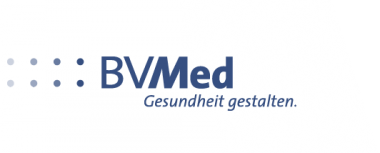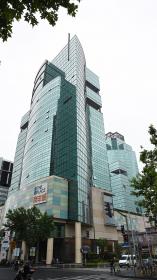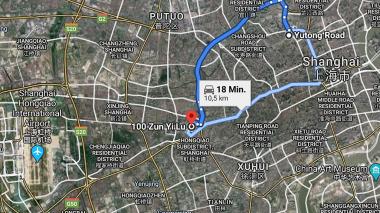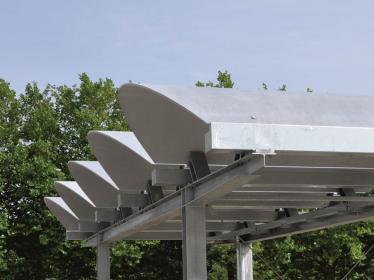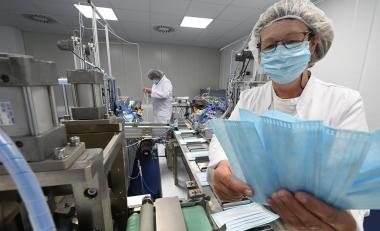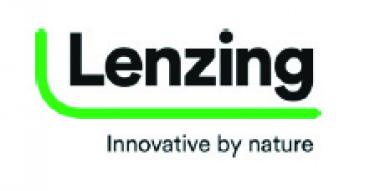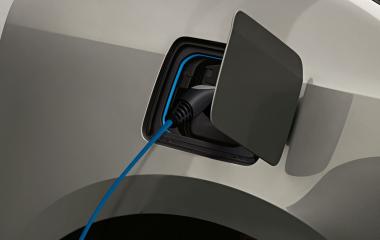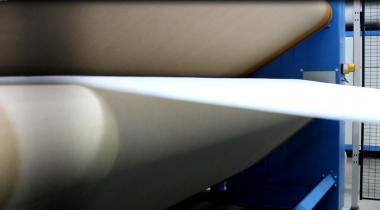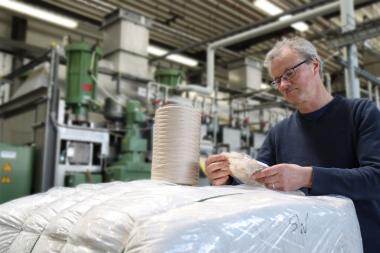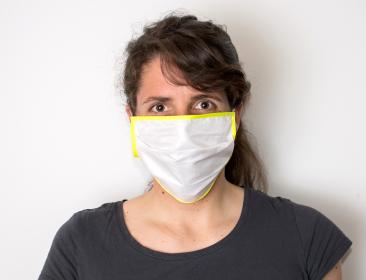Incubator & Makerspace: Wo sich die Schweizer Fashion Start-up-Szene trifft
Die STF Schweizerische Textilfachschule schafft kreativen (Arbeits-)Platz für textile Start-ups und Fashionprofis. Der Hauptfokus des Incubator & Makerspaces ist eine geteilte Infrastruktur, gegenseitige Inspiration und damit gemeinsames Vorwärtskommen.
Die STF Schweizerische Textilfachschule öffnet ihre Werkstätten und baut ein Gründungszentrum für Textil- und Fashion Start-Ups auf (Incubator). Diesen stehen im sogenannten Makerspace ein textiler Industrie-Maschinenpark sowie ein hochwertiges Textillabor zur Nutzung zur Verfügung. In den Textil- und Nähwerkstätten kann und soll selbstständig gearbeitet werden. Dies bietet Kreativen sowie Labels Raum zum Experimentieren. Die offenen Werkstätten ermöglichen die Zusammenarbeit in Teams, was über die Textilbranche hinaus auch für verschiedene Kulturschaffende oder technisch orientierte Gründer von Interesse sein kann. Theater-, Film- und Tanzleute beispielsweise können Kostüme nähen, KünstlerInnen textile Projekte realisieren und DesignerInnen Kleinserien selbst herstellen.
Makerspace
Der STF-Makerspace ist vergleichbar mit einem FabLab mit Ausrichtung auf textile Verarbeitung. Ob eine wasserdicht geschweißte Naht für ein Zelt benötigt wird oder ein komplexes Schnittmuster für einen Rucksack CAD gesteuert ausgeschnitten werden soll, an der STF finden sich die richtigen Industrie-Maschinen und die professionelle Beratung. Nach einer Einführung können Spezial-Textilmaschinen vor Ort und teilweise direkt von zu Hause aus, gebucht und angesteuert werden. So kann die effektive Zeit an der Maschine effizient und kostengünstig genutzt werden. Für die Nutzung stehen preislich attraktive Pakete zur Verfügung.
Incubator
Der Incubator ist das Gründerzentrum der Schweizerischen Textilfachschule. Diese Initiative der STF soll innovative Neugründungen ermöglichen und die ganze Bandbreite der Textilwirtschaft abdecken. Vom Handel (E-Commerce), über Technik bis hin zur Gestaltung. Die Vorteile beim Arbeiten in einem Gründungszentrum sind ein organisierter Wissenstransfer, gegenseitige Inspiration, Beratung und Coaching, Entwicklung von Netzwerkstrukturen und Synergien, Steigerung der Überlebensrate junger Labels sowie die Nutzung vorhandener Infrastruktur- und Serviceausstattung. Der Incubator bietet Schreibtische zum Arbeiten mit verschiedenen Membership-Angeboten sowie ein Bildungsprogramm, das weit über die Textilverarbeitung hinausgeht.
Schweizerische Textilfachschule Schweizerische Textilfachschule STF Start-ups Fashion, Start ups, Entrepreneurs
Schweizerische Textilfachschule





